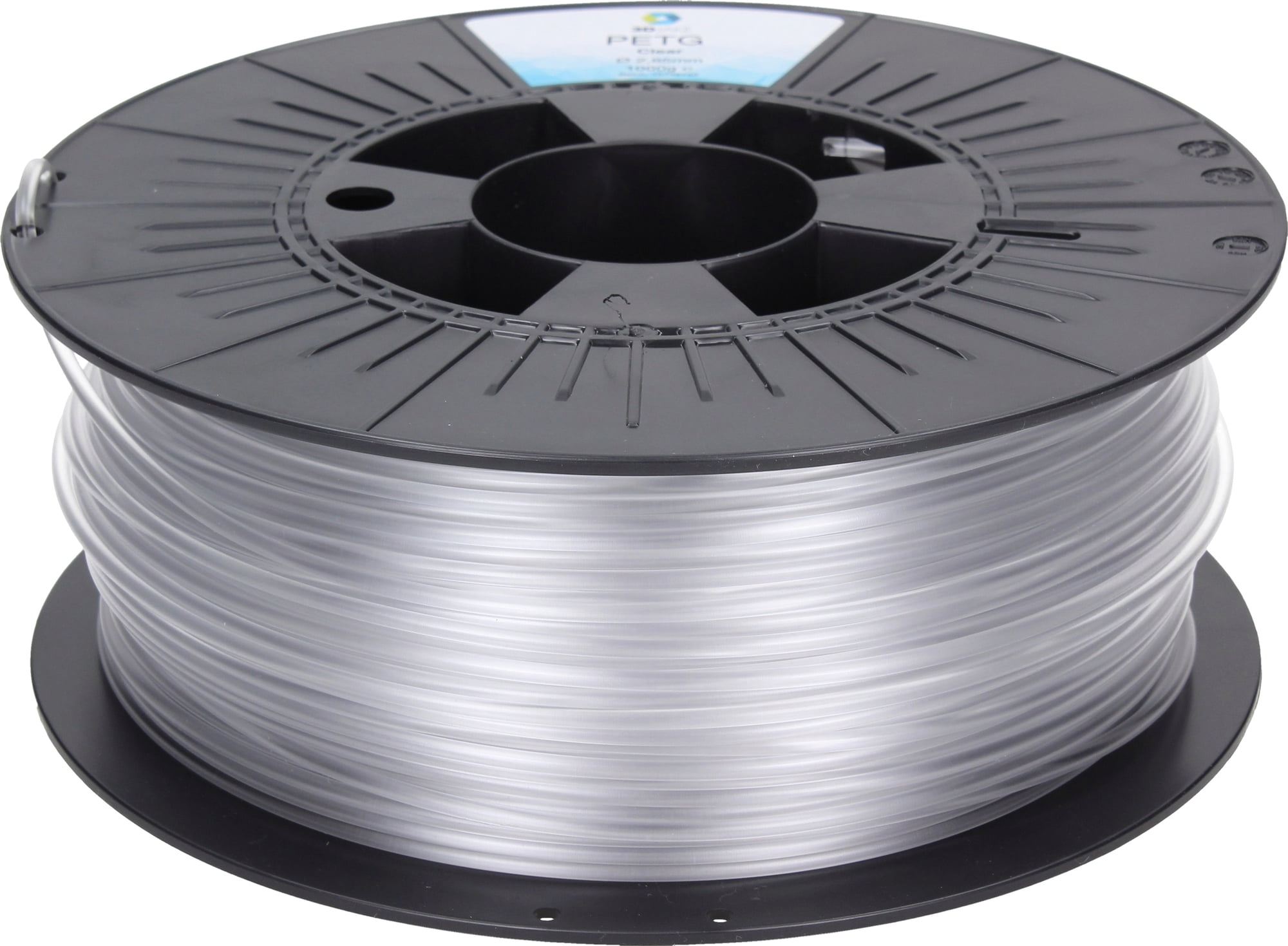
- arrow_back Home
- keyboard_arrow_right 3D Printing
PETG vs. ABS vs. PLA 3D Printing Filament
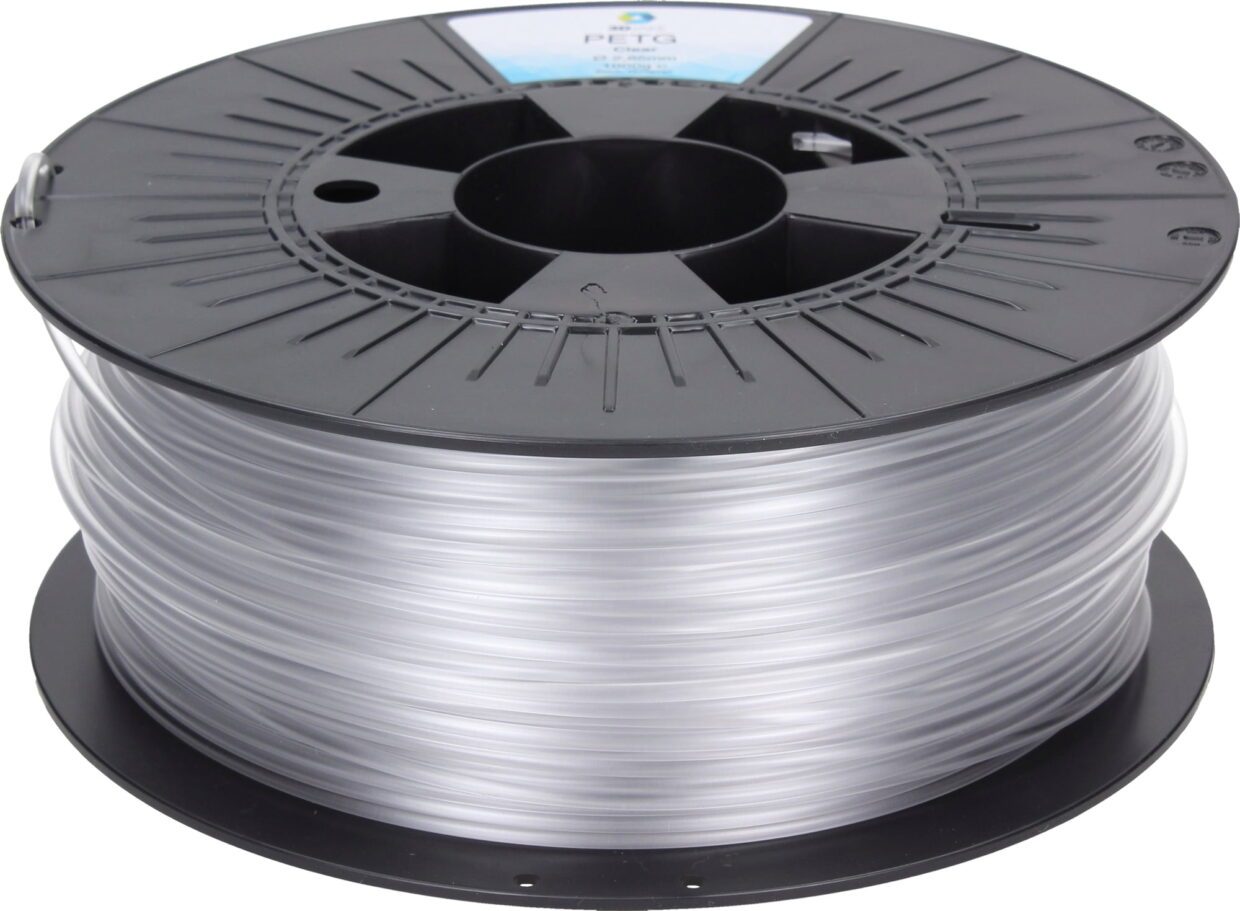
3D Printing Chris Wyatt 1 June 2024
Welcome to the world of 3D printing, where choosing the right filament can make all the difference. In the article “PETG,” you’ll discover the unique benefits and characteristics of PETG filament compared to other popular options, such as ABS and PLA. PETG offers a brilliant balance between strength and flexibility, making it an ideal choice for both hobbyists and professionals. By understanding the differences among these filaments, you can make informed decisions for your next 3D printing project, ensuring optimal performance and satisfaction. Have you ever wondered what makes PETG filament stand out among other types of 3D printing materials? PETG, ABS, and PLA are some of the most commonly used 3D printing filaments, and each has its own set of advantages and disadvantages. Understanding the differences between these materials can help you make more informed decisions for your 3D printing projects.
Let’s dive into the world of PETG and explore what makes it such a versatile and popular choice for both hobbyists and professionals. By the end of this article, you’ll have a comprehensive understanding of PETG filament, how it compares to ABS and PLA, and how to get the most out of it in your 3D printing projects.
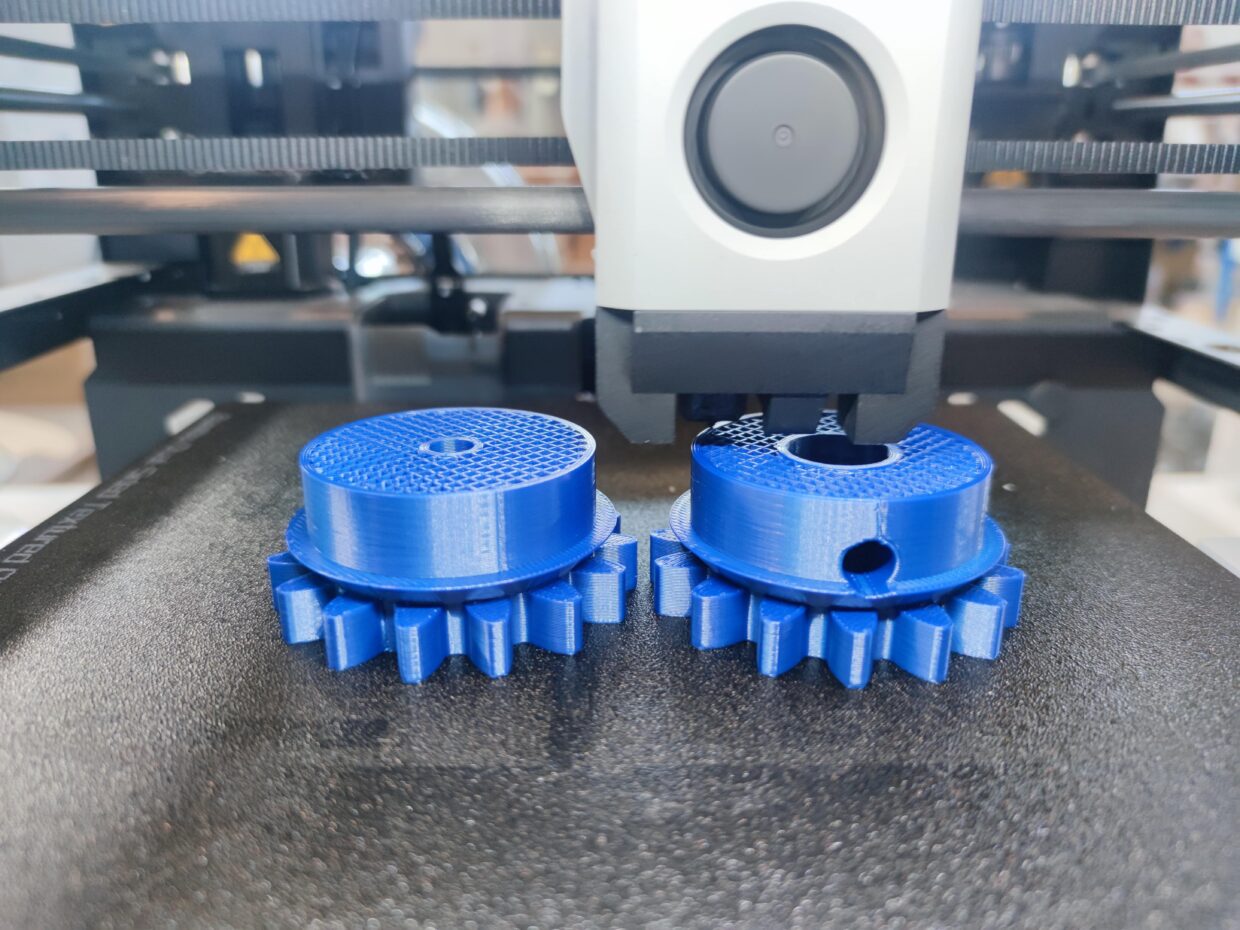
What is PETG?
PETG (Polyethylene Terephthalate Glycol) is a durable and versatile type of thermoplastic. It is known for its high strength, transparency, and ease of use in 3D printing. PETG is a modified version of PET (Polyethylene Terephthalate), commonly used in producing plastic bottles. The addition of glycol makes PETG less brittle and easier to work with.
Composition and Properties
PETG is a copolymer that combines the best properties of PET and other glycol-modified plastics. It offers a unique balance of strength and flexibility, making it ideal for a wide range of applications. Here are some key properties of PETG:
| Property | Description |
|---|---|
| Temperature Resistance | Withstands temperatures up to 80°C without deforming. |
| Chemical Resistance | Resistant to chemicals, solvents, and moisture. |
| Optical Clarity | Highly transparent, useful for making clear prints. |
| Strength | Strong and durable, less prone to cracking or breaking. |
| Flexibility | Offers more flexibility than PLA or ABS. |
| Printability | Easy to print with, minimal warping, and no unpleasant odors. |
PETG vs. ABS vs. PLA
When it comes to choosing filament for your 3D printing projects, understanding the differences between PETG, ABS, and PLA is crucial. Each material has its own set of characteristics, making it suitable for different types of applications.
PETG
As mentioned earlier, PETG is known for its strength, flexibility, and transparency. It is ideal for creating functional parts that need to withstand stress and wear. PETG is also more resistant to moisture and chemicals compared to PLA and ABS, making it suitable for outdoor use and applications that involve exposure to solvents or harsh environments.
ABS
ABS (Acrylonitrile Butadiene Styrene) is another popular filament known for its toughness and impact resistance. Here are some key characteristics of ABS:
| Property | Description |
|---|---|
| Strength | High impact resistance, suitable for rugged applications. |
| Temperature Resistance | Withstands temperatures up to 100°C without deforming. |
| Flexibility | More flexible compared to PLA but less than PETG. |
| Printability | Requires a heated bed and enclosed printing environment to reduce warping and odors. |
PLA
PLA (Polylactic Acid) is one of the most user-friendly and environmentally friendly 3D printing filaments. Here are some key characteristics of PLA:
| Property | Description |
|---|---|
| Strength | Moderate strength but more brittle compared to PETG and ABS. |
| Temperature Resistance | Deforms at temperatures above 60°C. |
| Flexibility | Least flexible among the three filaments. |
| Printability | Easy to print with, minimal warping, no heated bed required. |
Comparing the Three Filaments
Here’s a summary of the key differences between PETG, ABS, and PLA:
| Property | PETG | ABS | PLA |
|---|---|---|---|
| Strength | High | High | Moderate |
| Temperature Resistance | Up to 80°C | Up to 100°C | Up to 60°C |
| Flexibility | Moderate | Moderate | Low |
| Printability | Easy | Difficult (requires heated bed) | Easy |
| Environmental Impact | Moderate (less eco-friendly than PLA) | Moderate (less eco-friendly than PLA) | High (biodegradable and eco-friendly) |
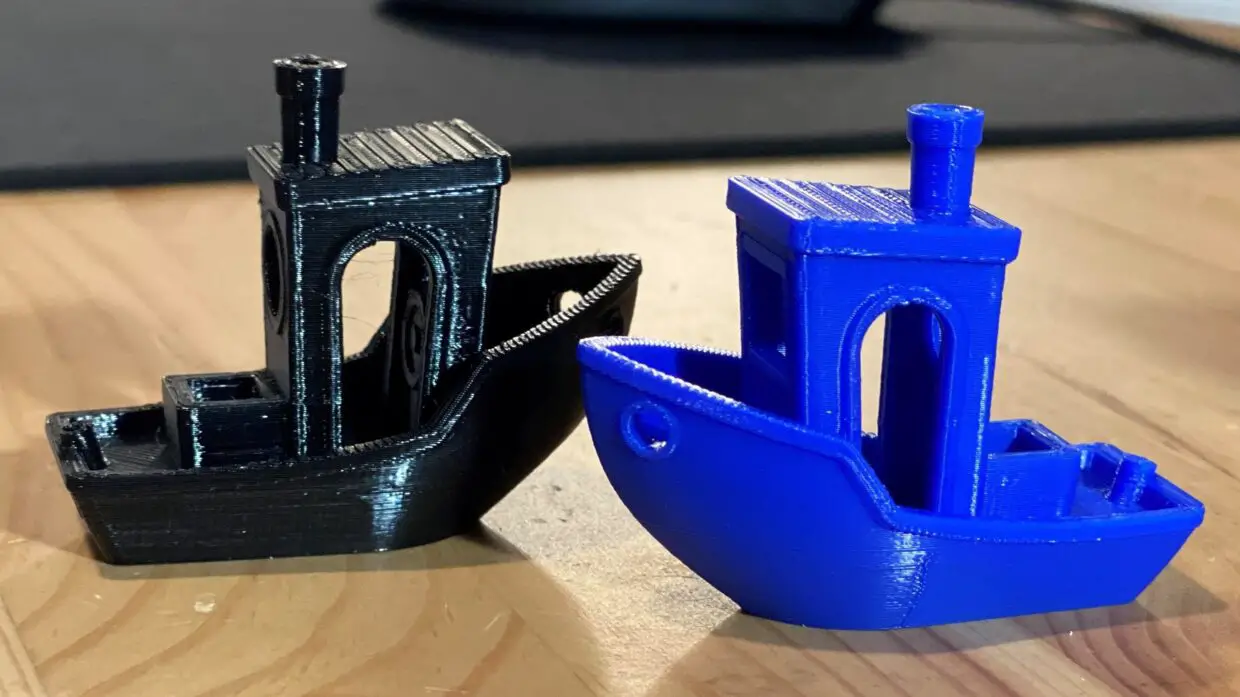
Advantages of PETG
Now that you have a better understanding of PETG and how it compares to ABS and PLA, let’s explore some of the key advantages of using PETG filament.
Durability and Strength
One of the main advantages of PETG is its excellent durability and strength. It can withstand substantial stress and impact without cracking or breaking. This makes PETG an ideal choice for producing functional parts that need to endure wear and tear, such as mechanical components, protective cases, and industrial prototypes.
Chemical and Moisture Resistance
PETG is highly resistant to chemicals and moisture, making it an excellent choice for applications that involve exposure to solvents, oils, and water. Unlike PLA, PETG does not absorb moisture from the air, which means it maintains its properties in humid environments. This characteristic makes PETG suitable for outdoor use and for creating parts that require frequent contact with water or other liquids.
Transparency
Another advantage of PETG is its optical clarity. PETG is known for its high transparency, making it suitable for creating clear or translucent parts. This property is particularly useful for producing items such as light covers, display cases, and any application where visual appeal and visibility are crucial.
Ease of Printing
PETG is relatively easy to print with compared to more challenging materials like ABS. It has minimal warping and does not require a heated bed, which makes it more accessible for beginners and those without advanced 3D printing equipment. PETG also produces fewer fumes and has a lower odor compared to ABS, making it more pleasant to work with in enclosed spaces.
Flexibility
PETG offers a good balance between flexibility and rigidity. It is less brittle than PLA and offers more flexibility, which means it can withstand bending and impact without breaking. This characteristic makes PETG suitable for creating parts that require some degree of flexibility, such as hinges, clips, and wearable items.
Environmental Impact
While PETG is not as environmentally friendly as PLA, it still has a lower environmental impact compared to some other plastics. PETG is recyclable, and its durability means that parts made from PETG are less likely to break and require replacement, reducing overall waste.
Applications of PETG
Given its unique properties, PETG is suitable for a wide range of applications. Here are some common uses of PETG filament:
Mechanical Parts
The strength and durability of PETG make it an excellent choice for producing mechanical parts. It can handle stress and impact, making it suitable for gears, brackets, and other components that need to withstand mechanical wear and tear.
Medical Devices
PETG’s chemical resistance and ease of sterilization make it suitable for medical applications. It is often used to produce medical devices, protective equipment, and laboratory tools that require frequent cleaning and exposure to sterilizing agents.
Food and Beverage Containers
PETG is a food-safe material, making it a popular choice for creating containers, bottles, and other items that come into contact with food and beverages. Its resistance to moisture and chemicals ensures that it does not contaminate the contents.
Prototyping
The ease of printing with PETG makes it a popular choice for rapid prototyping. Its strength and flexibility allow designers and engineers to create functional prototypes that can be tested and refined before final production.
Outdoor Applications
The durability and moisture resistance of PETG make it suitable for outdoor use. It can withstand exposure to the elements without degrading, making it ideal for producing items such as garden tools, outdoor fixtures, and parts for outdoor equipment.
Decorative Items
The optical clarity and ease of printing with PETG make it suitable for creating decorative items. It can be used to produce clear or translucent objects, decorative lights, and display pieces.

Tips for Printing with PETG
Here are some tips to help you get the best results when printing with PETG filament:
Use a Clean and Dry Filament
PETG can absorb moisture from the air, which can affect print quality. Store your filament in a dry environment and use a filament dryer if necessary to ensure that your filament is clean and dry before printing.
Optimize Print Settings
Adjust your print settings to suit PETG. Use a print temperature between 220°C and 250°C and a bed temperature between 70°C and 85°C. Slow down your print speed to improve print quality and reduce the likelihood of warping.
Use Adhesion Aids
PETG has strong layer adhesion but can have issues sticking to the print bed. Use a heated bed and adhesion aids such as glue stick, painter’s tape, or PEI sheet to ensure good bed adhesion and reduce the risk of warping.
Adjust Cooling Fan
PETG prints best with moderate cooling. Adjust your cooling fan settings to about 50% to 60% to improve layer bonding and reduce the chance of warping or cracking.
Monitor First Layer
The first layer is crucial for print success. Ensure that your bed is level and that the first layer adheres well to the print bed. A good first layer sets the foundation for the rest of the print and helps prevent issues down the line.
Reduce Retraction Settings
PETG can be prone to stringing due to its high viscosity. Reduce your retraction settings to minimize the chances of stringing and achieve cleaner prints.
Regular Maintenance
Regularly clean your 3D printer’s nozzle and print bed to prevent any buildup that could affect print quality. Using a cleaner filament periodically can help keep your nozzle clean.
Conclusion
PETG filament stands out as a versatile and durable material suitable for a wide range of 3D printing applications. Its combination of strength, flexibility, chemical resistance, and ease of printing makes it an excellent choice for both hobbyists and professionals. Whether you’re creating mechanical parts, medical devices, food containers, prototypes, or decorative items, PETG can deliver high-quality and reliable results.
By understanding the properties of PETG and following best practices for printing, you can unlock the full potential of this remarkable filament. So, why not give PETG a try in your next 3D printing project and experience the benefits for yourself? Whether you’re an experienced 3D printing enthusiast or just starting out, PETG offers the perfect balance of performance and ease of use. Happy printing!
About Ultimate 3D
Learn everything there is to know about 3D Printers and the different components and printing materials.
Site Links
Copyright 2024 Ultimate 3D






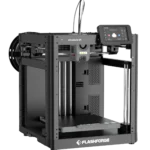
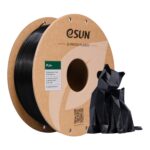
Be the first to leave a comment